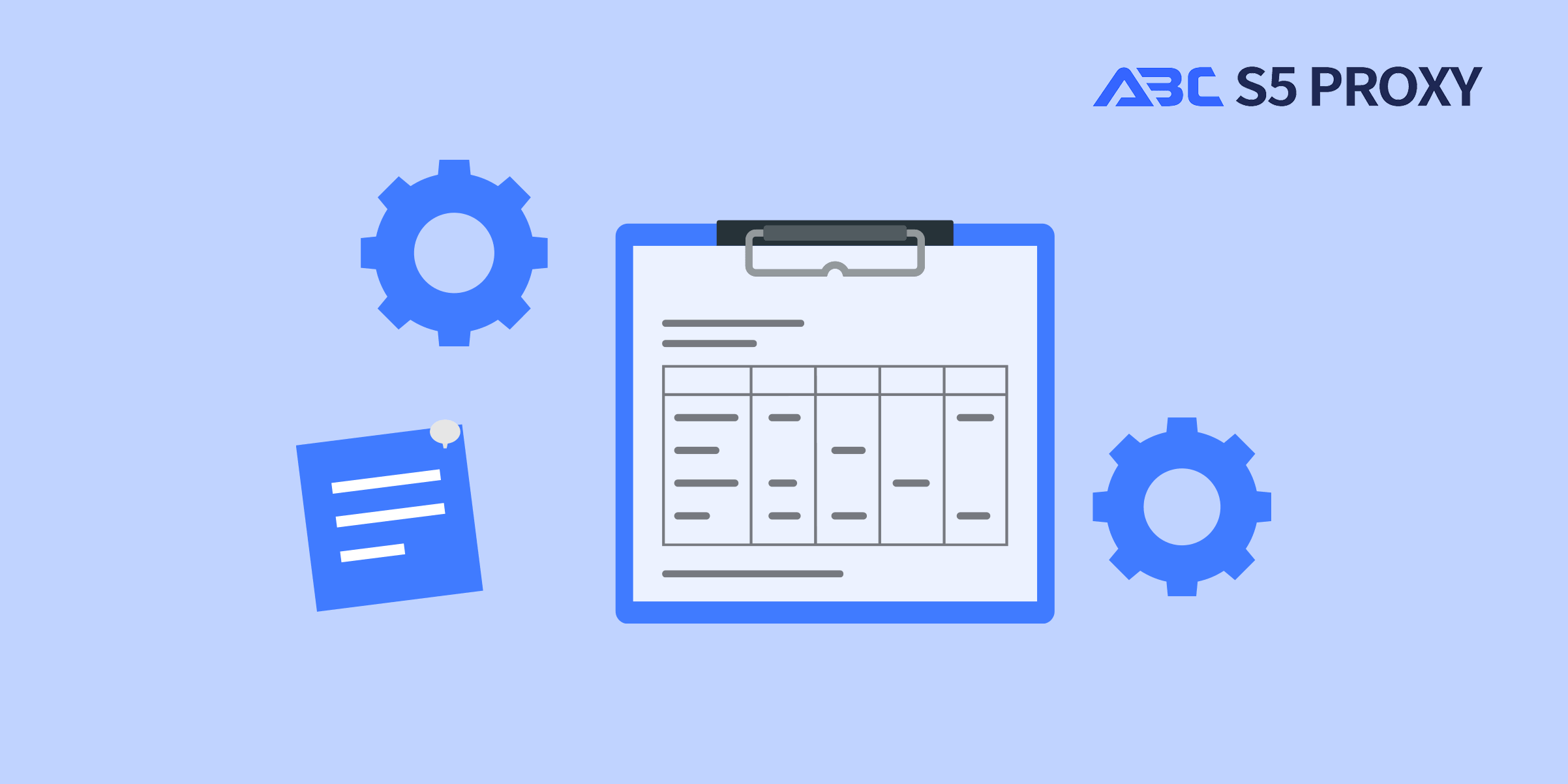住宅代理
來自真實 ISP 的白名單 200M+ IP。 透過儀表板管理/取得代理程式。

代理服務
抓取工具
從所有網站收集公開結構化數據
代理
住宅代理
來自真實 ISP 的白名單 200M+ IP。 透過儀表板管理/取得代理程式。
開始於
$0.6/ GB
Socks5代理
190多個地點超過2億個真實IP,
開始於
$0.03/ IP
無限住宅代理
IP與流量無限使用,AI智能輪換住宅代理
開始於
$1816/ MONTH
輪換 ISP 代理
ABCProxy 的輪替 ISP 代理程式可保證較長的會話時間。
開始於
$0.4/ GB
靜態住宅代理
持久專用代理、非輪換住宅代理
開始於
$4.5/MONTH
數據中心代理
使用全球穩定、快速、強勁的 700K+ 資料中心 LP。
開始於
$4.5/MONTH
移動代理
來自真實 ISP 的白名單 200M+ IP。 透過儀表板管理/取得代理程式。
開始於
$1.2/ GB
English
繁體中文
Русский
Indonesia
Português
Español
بالعربية

ETL 管道,即 Extract、Transform、Load 管道,是許多組織的數據處理和分析工作流程中的關鍵組成部分。簡單來說,它是一組流程,從各種來源提取數據,將其轉換為適合進行分析的格式,並將其加載到目的地,供查詢和分析。ETL 管道在確保數據準確性、一致性和可訪問性方面發揮著關鍵作用,以支持決策制定。
**提取**階段涉及從不同來源(如數據庫、日誌、應用程序等)收集數據。然後將這些數據進行**轉換**,以滿足目標系統的具體要求,這可能包括數據清理、過濾、聚合或聯接數據集。最後,轉換後的數據被**加載**到數據倉庫、數據湖或任何其他存儲系統中,以便進行分析。
實施 ETL 管道對組織有多項好處。通過自動化提取、轉換和加載數據的過程,公司可以節省時間和資源。ETL 管道還能確保數據一致性和完整性,因為它們有助於標準化數據格式和結構。此外,通過清理和過濾掉無關或重複數據,ETL 管道提高了數據質量,從而帶來更準確的見解和決策。
構建和維護 ETL 管道有其自身的一系列挑戰。一個常見挑戰是有效處理大量數據。隨著數據來源呈指數增長,ETL 管道需要擴展來及時處理和加載數據。另一個挑戰是在整個 ETL 過程中保持數據完整性,因為數據轉換中的任何錯誤或不一致可能導致準確性分析和見解。
為了確保 ETL 管道的有效性和可靠性,組織應遵循最佳實踐,如:
1. **數據概要**: 在轉換之前了解數據結構和質量對設計準確的 ETL 過程至關重要。
2. **增量加載**: 實施增量加載技術可以通過僅更新更改的數據來減少處理時間和資源使用。
3. **監控和錯誤處理**: 定期監控 ETL 作業並實施強健的錯誤處理機制可以幫助及時識別和解決問題。
隨著大數據的興起和數據來源的日益複雜,ETL 管道在現代數據架構中變得不可或缺。它們構成了數據集成和分析流程的基礎,使組織能夠從大量數據中提取寶貴見解。隨著企業繼續依賴數據驅動的決策,ETL 管道在確保數據有效和準確處理方面發揮著至關重要的作用。
總之,ETL 管道是數據處理工作流程中的基本工具,使組織能夠從數據資產中提取、轉換和加載數據以進行分析和決策。通過實施最佳實踐並解決關鍵挑戰,企業可以利用 ETL 管道的潛力來充分發揮其數據資產的價值。